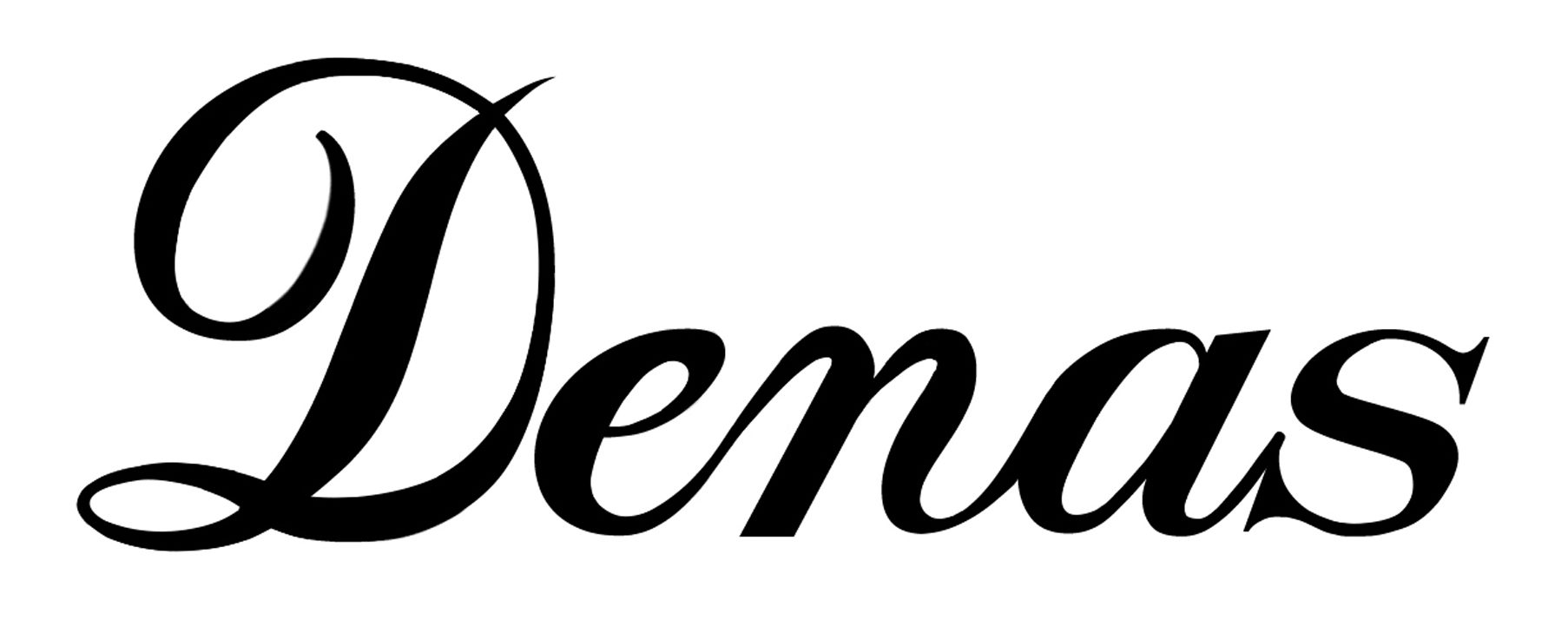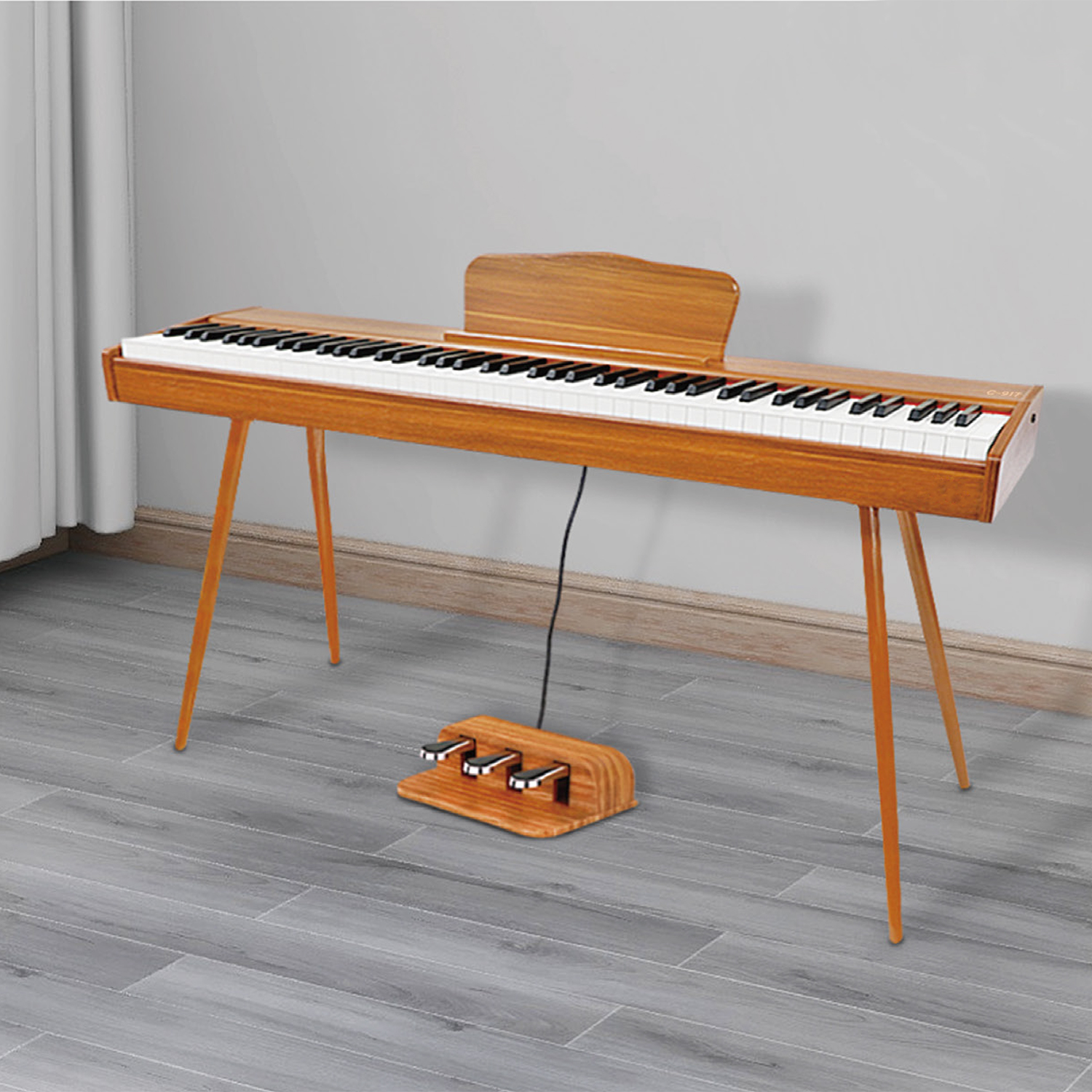Introduction to High-Fidelity Digital Piano Sound
Digital pianos have come a long way in replicating the authentic sound and feel of traditional acoustic pianos. Modern digital pianos offer high-fidelity sound reproduction, giving musicians an immersive playing experience comparable to grand pianos. With advanced sampling technology and innovative sound processing, today’s digital pianos provide rich, expressive tones that capture the nuances of real acoustic instruments.
How Digital Pianos Achieve High-Fidelity Sound
Advanced Sampling Technology
Leading digital pianos use multi-layered sampling techniques to record the sounds of high-end grand pianos. These recordings are meticulously processed to ensure that every note, from pianissimo to fortissimo, faithfully replicates the natural resonance, sustain, and tonal variations of an acoustic piano.
Physical Modeling for a Realistic Experience
Some high-end models incorporate physical modeling synthesis, which dynamically recreates the physics of sound production in acoustic pianos. This technology ensures realistic timbre changes based on the pressure and speed of keystrokes, allowing musicians to experience authentic sound variation.
High-Quality Sound Engines
Manufacturers integrate cutting-edge sound engines like Roland’s SuperNATURAL, Yamaha’s Pure CF Sound Engine, and Kawai’s Harmonic Imaging XL. These sound engines use advanced algorithms to process high-resolution sound samples, creating an experience close to playing a traditional grand piano.
The Acoustic-Like Playing Experience
Weighted and Graded Hammer Action Keys
One of the most critical factors in replicating the feel of an acoustic piano is the key action. High-quality digital pianos feature graded hammer action keys, which mimic the weight distribution found in grand pianos, where lower keys feel heavier and higher keys feel lighter.
Synthetic Ivory and Ebony Keytops
To enhance grip and realism, premium digital pianos feature synthetic ivory and ebony key surfaces, providing a texture similar to classical acoustic pianos. This design improves finger control and prevents slippage during extended playing sessions.
Pedal Functionality and Half-Pedal Support
Many digital pianos support three-pedal setups with half-pedal capabilities, allowing musicians to perform expressive techniques such as half-damping and sostenuto, just as they would on an acoustic grand piano.
Built-in Voices: Expanding Musical Possibilities
A Wide Range of Instrumental Sounds
Modern digital pianos come equipped with multiple built-in voices, allowing musicians to explore various sounds beyond the traditional piano. These voices typically include:
- Grand Piano – Capturing the nuances of concert grand pianos.
- Electric Piano – Reproducing classic electric keyboard sounds from the 1970s and 1980s.
- Organ – Offering church, jazz, and rock organ tones.
- Strings – Emulating orchestral string sections for a rich, cinematic feel.
- Harpsichord – Ideal for classical and baroque music.
- Synthesizer Sounds – Perfect for modern and experimental compositions.
Layering and Splitting Sounds
Many digital pianos allow musicians to layer multiple sounds simultaneously, such as blending piano and strings for a more dramatic performance. Additionally, split modes enable different sounds on the left and right hand, making it easier to play bass with one hand while using melodic instruments with the other.
Customizable Sound Effects
Built-in effects such as reverb, chorus, EQ, and delay further enhance the sound experience, giving musicians full control over their tone and ambiance.
Benefits of Choosing a High-Quality Digital Piano
Silent Practice with Headphone Support
One of the standout advantages of digital pianos is their silent playing mode. By plugging in headphones, musicians can practice without disturbing others while still enjoying high-definition sound.
MIDI and USB Connectivity
Modern digital pianos offer MIDI and USB connectivity, allowing integration with music production software and digital audio workstations (DAWs). This feature is ideal for composers, producers, and musicians who want to record or enhance their performances using software instruments.
Portability and Space-Saving Design
Unlike traditional acoustic pianos, digital pianos are lightweight and space-efficient, making them perfect for home use, small studios, and live performances. Many models offer foldable or compact designs, allowing easy transportation and storage.
Low Maintenance and Longevity
Acoustic pianos require regular tuning and maintenance due to environmental factors like humidity and temperature. In contrast, digital pianos require no tuning and have a longer lifespan with minimal upkeep, making them a cost-effective choice for musicians.
A Digital Piano That Feels Like an Acoustic One
High-fidelity digital pianos provide musicians with a playing experience that closely mirrors traditional grand pianos while offering modern advantages such as built-in voices, customizable sound settings, and silent practice options. Whether you’re a beginner, a professional pianist, or a music producer, investing in a quality digital piano ensures an authentic, expressive, and versatile musical experience.




